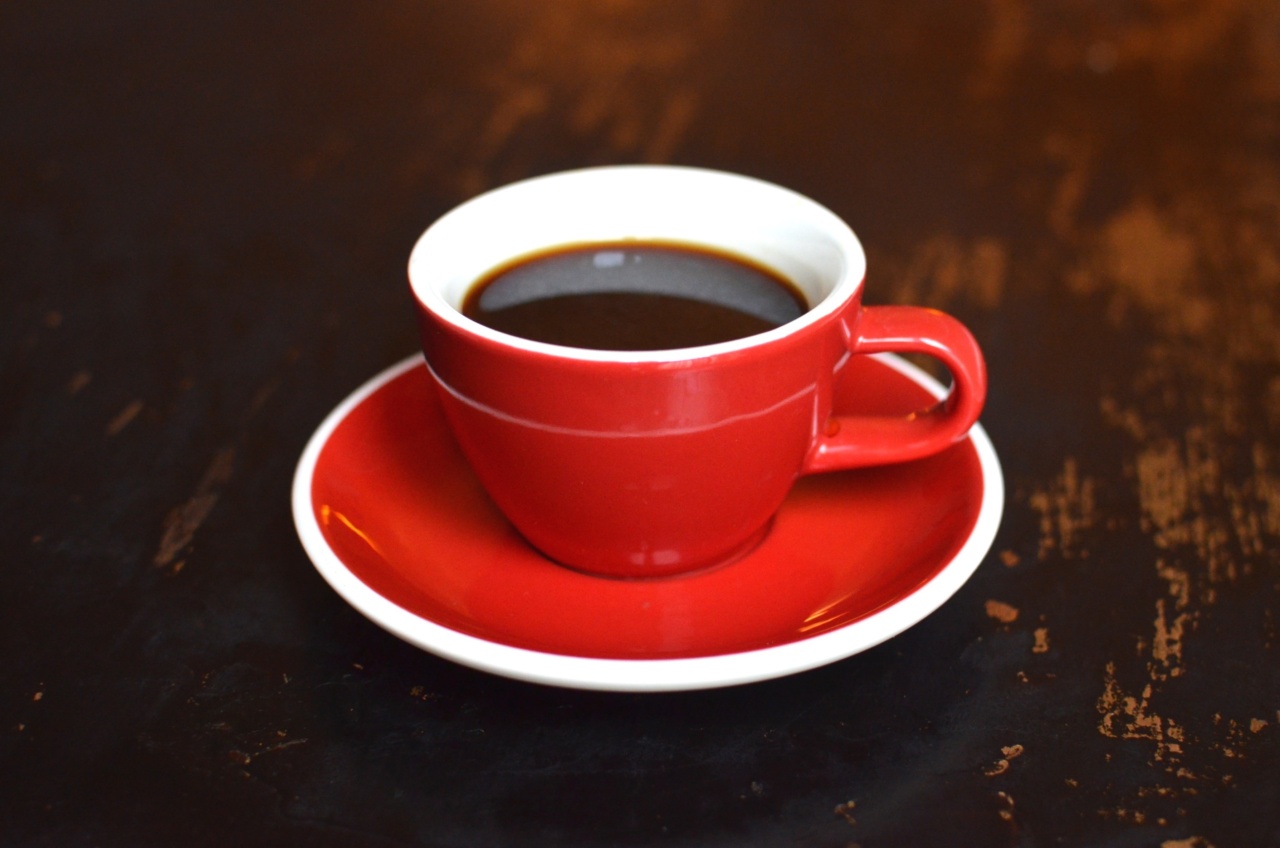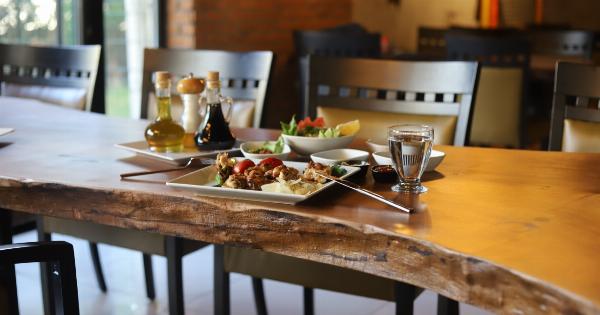Cutlery, also known as silverware or flatware, is an essential part of our daily lives. It is used to eat our meals, and it can impact the taste and overall experience of dining.
In this article, we will explore the impact of cutlery on the taste of food and how to choose the right cutlery for your dining needs.
Types of Cutlery
There are different types of cutlery, each with its own unique style and usage. The most common types of cutlery are:.
1. Forks
Forks are used to pierce and hold food while cutting it with a knife. They have between three and five tines, and the number of tines can affect the way the food tastes.
For example, a four-tine fork can create a better balance of flavors when eating a salad, while a slightly curved three-tine fork is perfect for eating pasta.
2. Knives
Knives are used to cut food into smaller pieces. They come in different sizes and shapes, from butter knives to carving knives.
The blade of a knife can also affect the taste of food, as a dull blade can bruise and damage the food, resulting in a less flavorful experience.
3. Spoons
Spoons are used to scoop up food. They come in different shapes and sizes, from teaspoons to soup spoons.
The shape of the bowl can also affect the taste of food, as a wider, flatter spoon is better for eating sauces, while a smaller, deeper spoon is better for eating soups and stews.
Materials for Cutlery
There are different materials used to make cutlery, each with its own advantages and disadvantages.
1. Stainless Steel
Stainless steel is the most common material for cutlery. It is durable, easy to clean, and can be molded into different shapes and sizes. However, it can have a metallic taste, especially if it comes into contact with acidic foods.
2. Silver
Silver cutlery is often used for special occasions, such as weddings and formal dinners. It has a classic and elegant look, but it can tarnish over time and needs to be polished regularly.
Silver can also react with certain types of food, causing discoloration and an off-taste.
3. Gold Plated
Gold-plated cutlery has a luxurious and elegant look and is often used for formal occasions. However, the gold plating can wear off over time and the metal underneath can react with certain types of food, causing an off-taste.
4. Plastic
Plastic cutlery is often used for picnics and other outdoor events. It is lightweight, inexpensive, and disposable. However, it is not as durable as metal cutlery and can melt when exposed to hot food or liquids.
The Impact of Cutlery on the Taste of Food
Cutlery can have a significant impact on the taste of food. Here are some ways in which cutlery can affect the taste of food:.
1. Temperature
The temperature of the cutlery can affect the temperature of the food, which in turn can affect the taste. For example, cold cutlery can make hot soup taste colder, while warm cutlery can make cold desserts melt faster.
2. Texture
The texture of the cutlery can affect the texture of the food. For example, a rough spoon can make smooth ice cream feel rougher in the mouth.
3. Flavors
The material of the cutlery can affect the taste of the food. For example, silver cutlery can react with certain types of food and create a metallic taste, while plastic cutlery can give off a chemical flavor.
4. Mouthfeel
The weight and shape of the cutlery can affect the way the food feels in the mouth. For example, a heavier fork can make a dish feel more substantial, while a smaller spoon can make a dessert feel more delicate.
Choosing the Right Cutlery for Your Dining Needs
When choosing cutlery for your dining needs, here are some things to consider:.
1. Style
Consider the style of cutlery that best suits the occasion. For example, formal dinners may require silver cutlery, while casual gatherings may be better suited for stainless steel or plastic cutlery.
2. Comfort
Consider the comfort of the cutlery in your hand. Look for cutlery with comfortable grips and balanced weights.
3. Durability
Consider the durability of the cutlery. Stainless steel is the most durable material for cutlery, while plastic cutlery is disposable and not meant to last.
4. Size
Consider the size of the cutlery. Look for larger sizes for formal occasions and smaller sizes for casual gatherings.
Conclusion
Cutlery is an important part of our dining experience, and it can impact the taste and overall enjoyment of our meals.
By understanding the types of cutlery, the materials used to make cutlery, and the impact of cutlery on the taste of food, we can choose the right cutlery for our dining needs and enhance our dining experiences.































